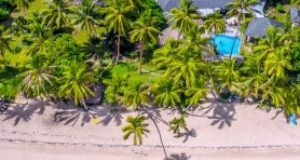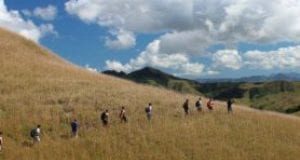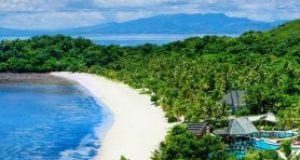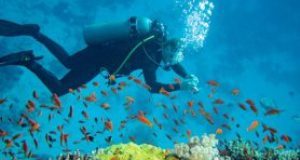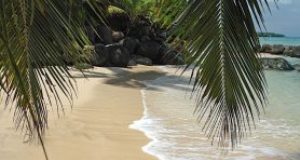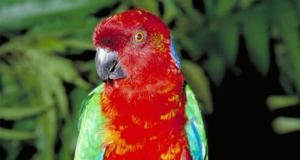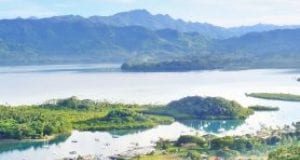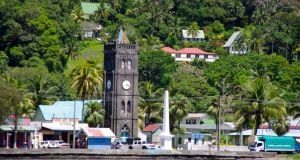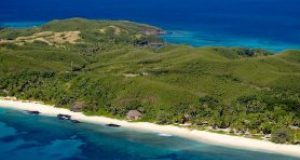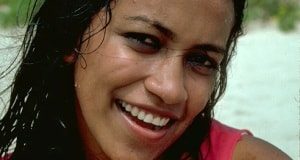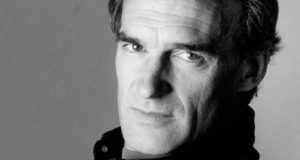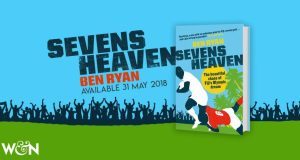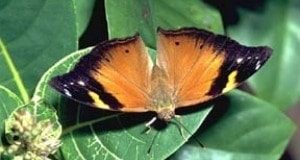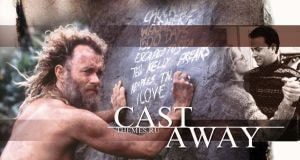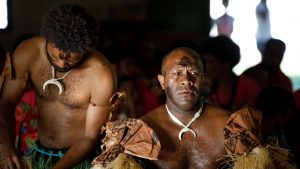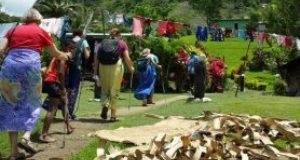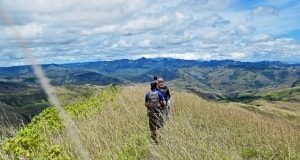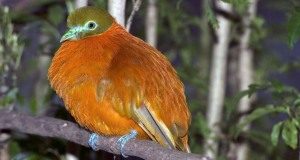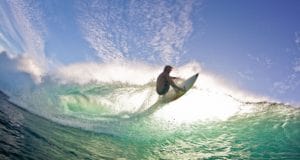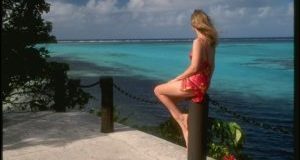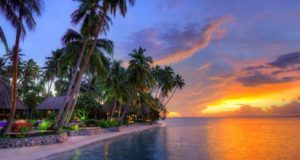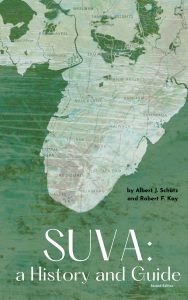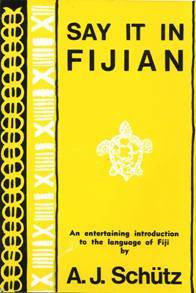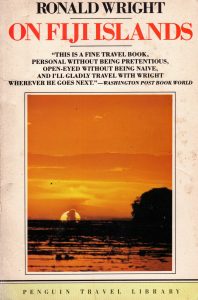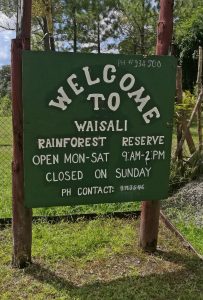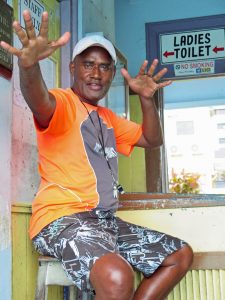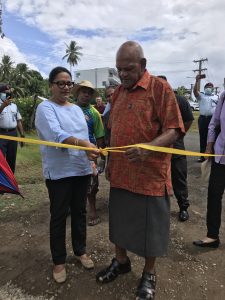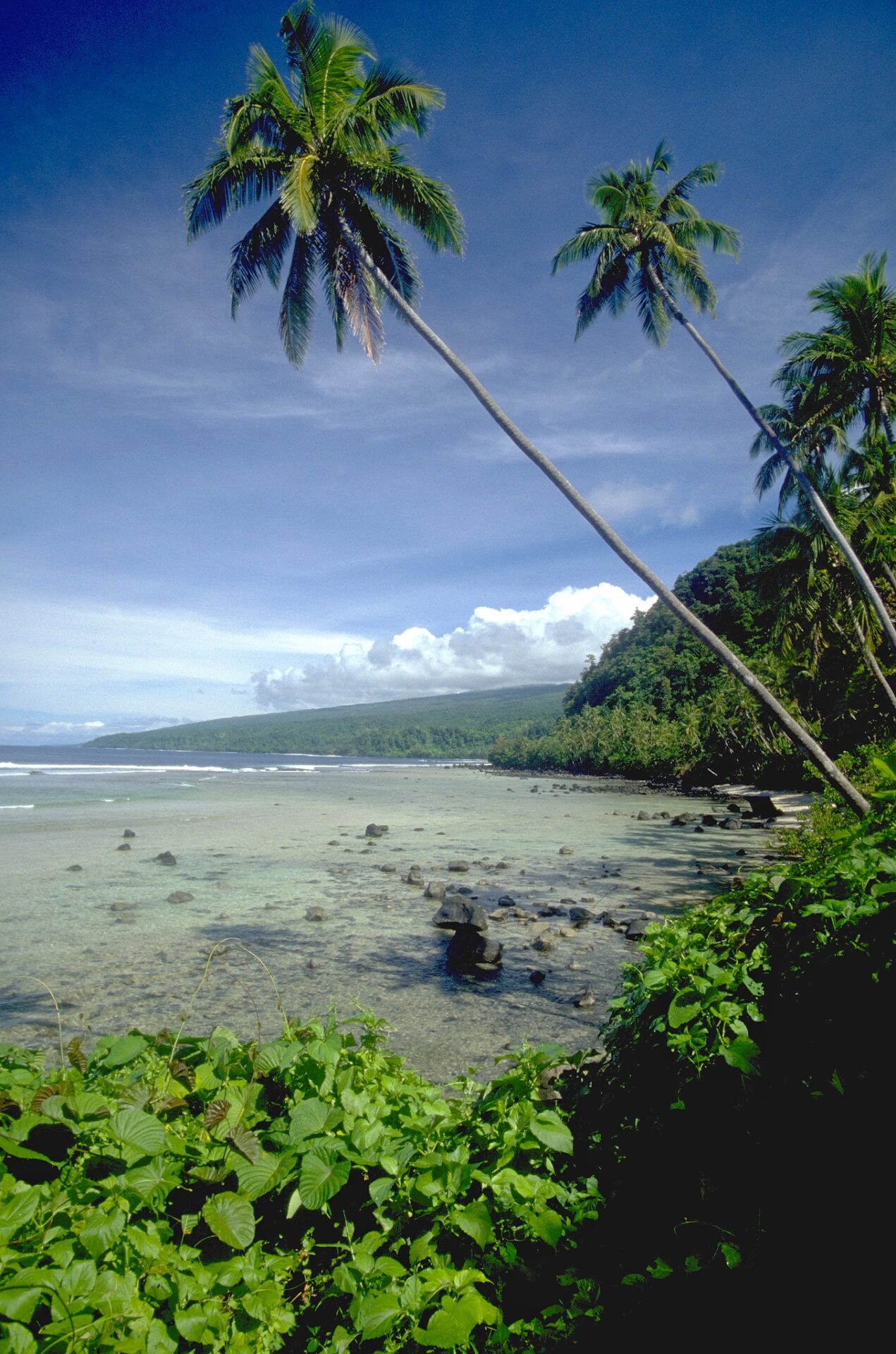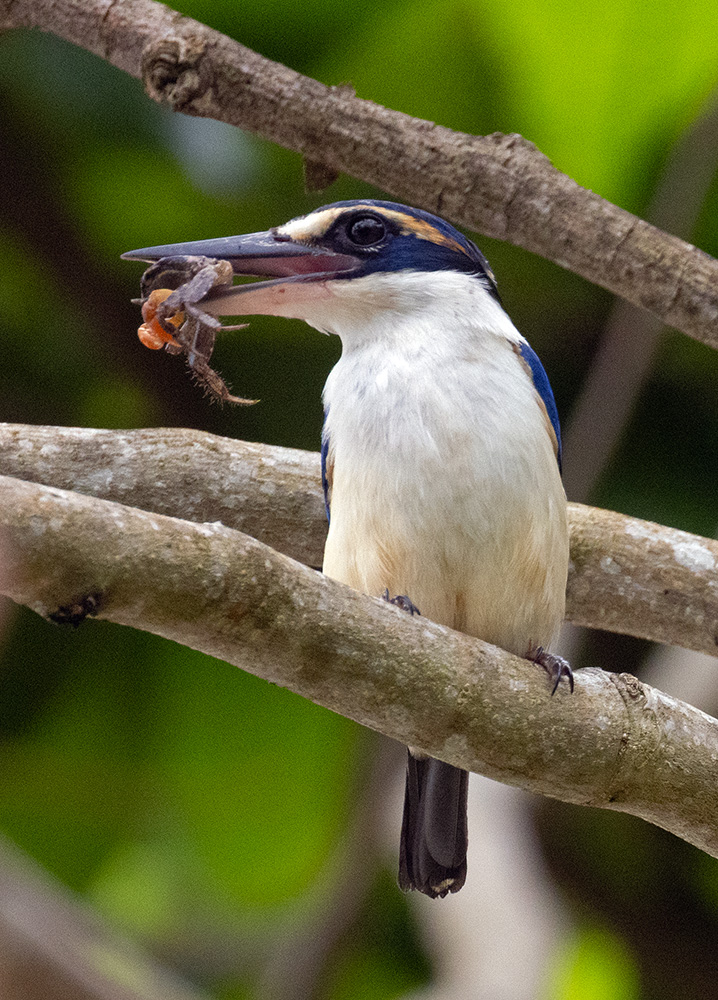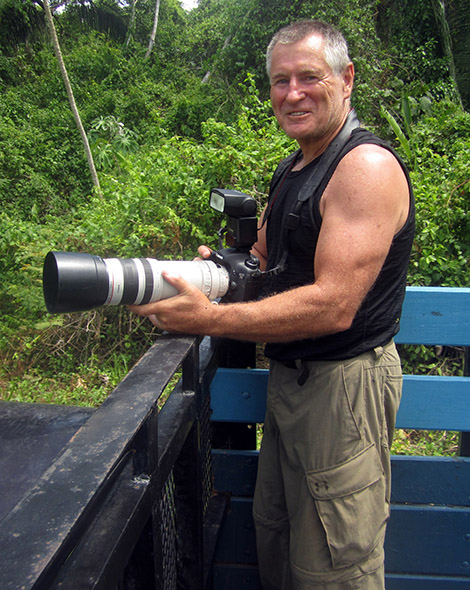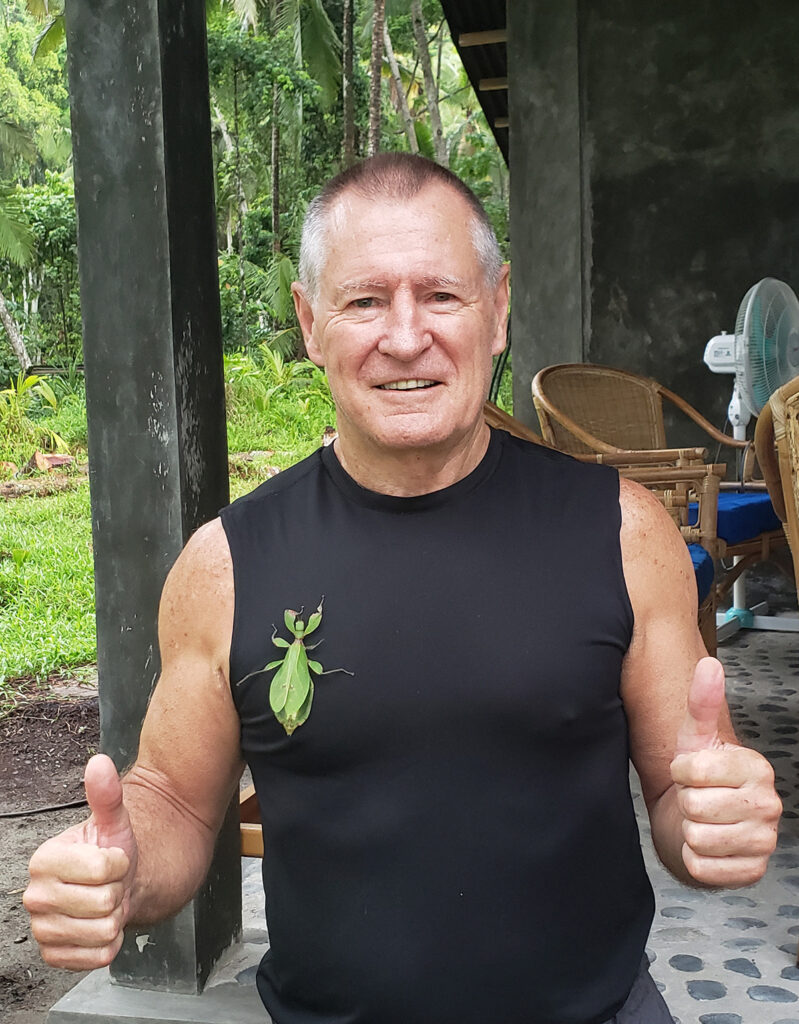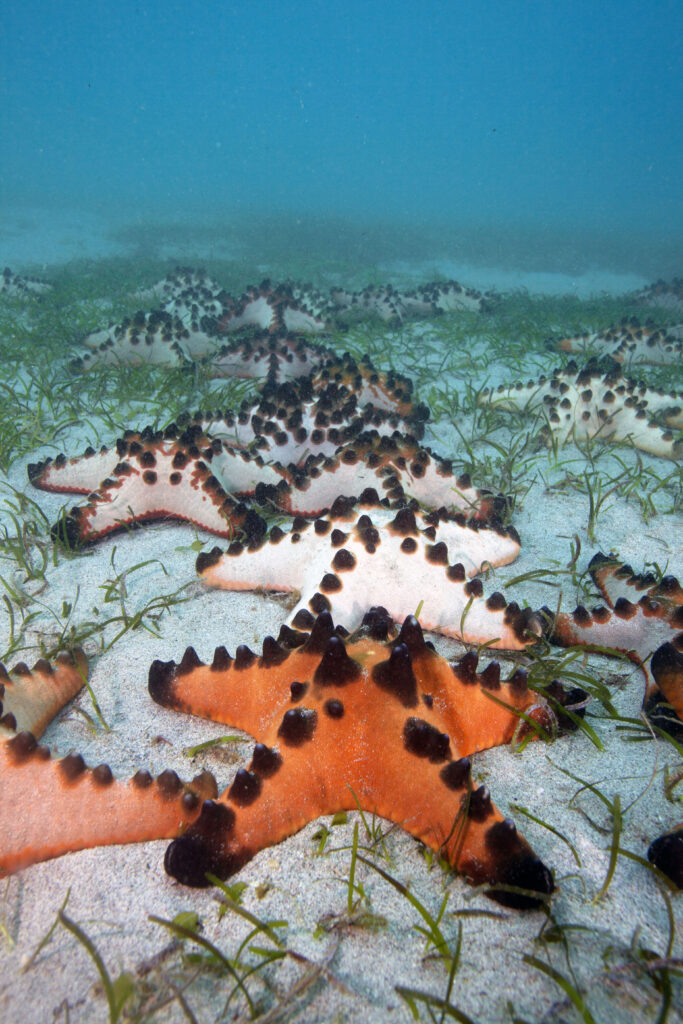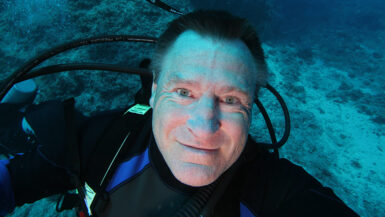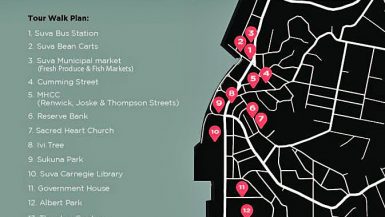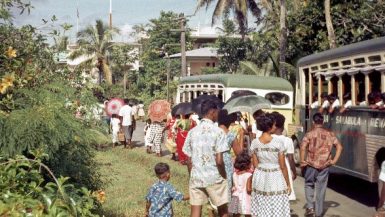Editor’s Note: When it comes to Fiji’s natural world no one has chroncled it better than Paddy Ryan. One of my most prized books is Paddy’s magnum opus, Fiji’s Natural Heritage. Paddy is multi faceted photographer–his subjects are both terrestrial and underwater. Whether his camera lense is focused on a crab, a salamander, a kingfisher or softcoral, he brings you up front and personal.
He is currently in the midst of updating his classic We wish him luck and can’t wait until his next edition is ready. Below is an update from the author. (To hear him, check out our previous blog).
***************************
Why the need for a new edition Fiji’s Natural Heritage?
In the 20 years since the second edition of Fiji’s Natural Heritage was published new information has become available and new species have been discovered: a new hibiscus, two new iguanas, and a burrowing snake amongst them. Several new bird species have been described as well.
This led to Paddy starting on the new edition. As he wrote, more and more fascinating information was revealed: jumping spiders may have REM sleep, some millipedes are biofluorescent with one having over a thousand legs, one of the rainforest trees is totally dependent on the Fiji blossom bat for pollination.
In addition Paddy added new chapters, so sponges and bryozoans (moss animals) now get their due. Additional chapters will include caves and invasive species.
The photography has improved as well. The second edition was all pre-digital and the author’s biggest lens was a 300mm telephoto. Now he has an 800mm which means the bird photos in particular are much improved.
The book will include QR codes to enable readers to view some of Paddy’s videos lodged on Vimeo.
The second edition was 288 pages, the third edition will be 352 (unless it blows out some more!). It will lack a dust jacket, instead both front and back covers will be directly printed on a special scuff and scratch resistant material.
Unfortunately, without some form of NGO or Government sponsorship the book won’t happen. The New Zealand government paid for a copy of the second edition to be put into every school while Seacology financed its translation into Fijian and subsequent publication of a Fiji language edition. Paddy is hoping this will happen again.
Paddy Ryan’s bio
Born in England, Dr. Ryan has lived in Jersey in the (English) Channel Islands, New Zealand, and Fiji. Upon graduation from high school, he was selected for one year of Volunteer Service Abroad in Sarawak, Borneo where he taught at an upriver high school. He attended the University of Canterbury in New Zealand earning a First Class Honors degree and a Doctorate in Zoology. Dr. Ryan spent over ten years teaching Biology at the University of the South Pacific in Suva, Fiji.
He then went on to join the West Coast Regional Council (New Zealand), serving first as a freshwater biologist and then as an Environmental Planner. Later he started an Environmental Consultancy business and carried out many environmental surveys for local industry. Dr. Ryan has published 12 books, 32 scientific papers and articles, 37 reports and several hundred newspaper articles.
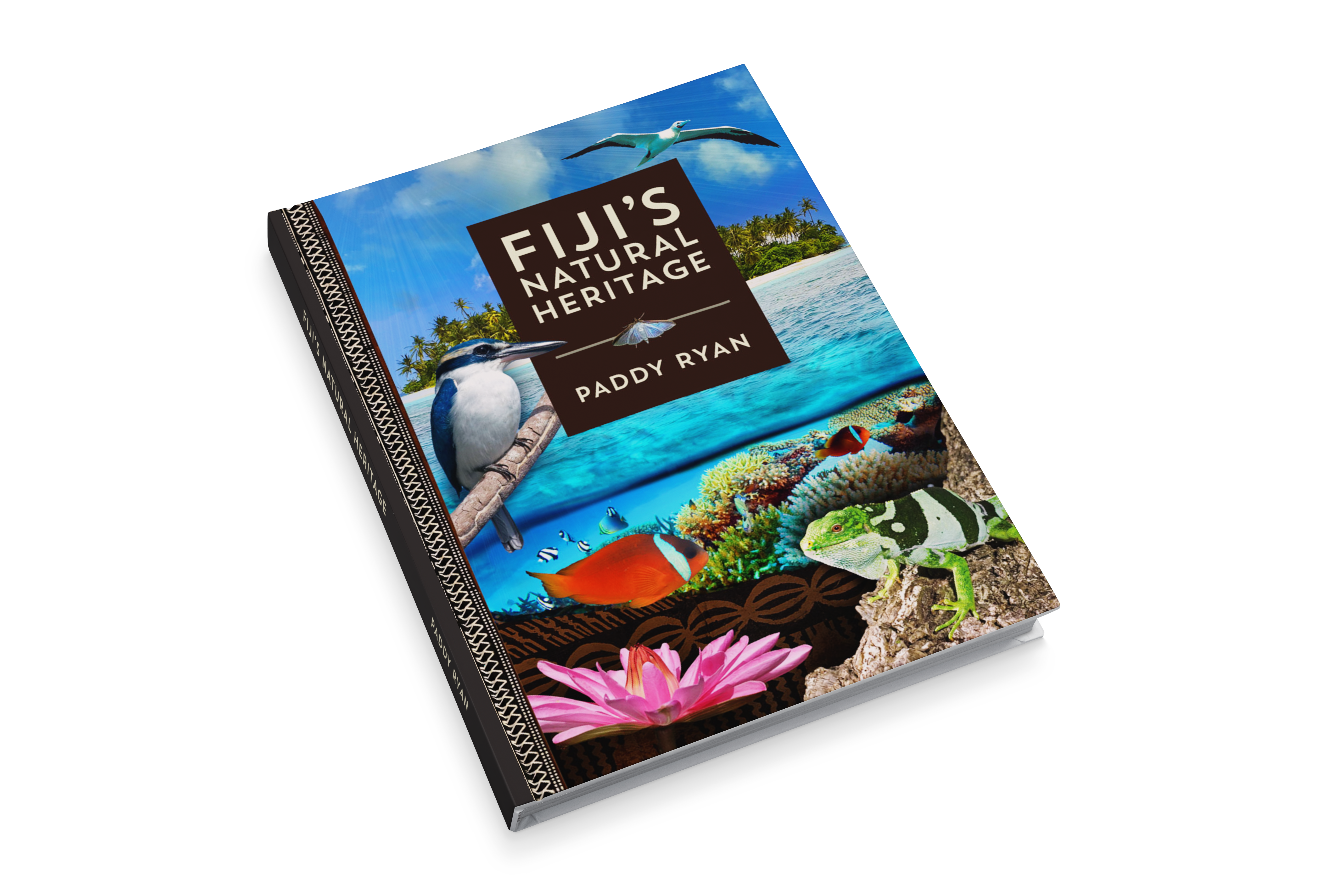
He has also held photographic and/or advisory jobs for Television New Zealand, the BBC, Grenada Television, and the New Zealand Department of Foreign Affairs and Trade among others. In 1997, Dr. Ryan moved to Denver and taught Biology for two years at Metropolitan State College and the Colorado School of Mines before joining Johnson & Wales University where he was a full professor in the School of Arts and Sciences. He currently teaches Biology, Ecology and Invertebrate Zoology at the Metropolitan State University of Denver and Ecology at Mines..
Dr. Ryan is a PADI Dive Master with nearly 1600 dives. He also works as a semi-professional nature photographer, in 2010 his iguana photo was on the front cover of National Geographic Explorer magazine (May issue) and more recently his photograph of a Fijian freshwater goby was featured on Fiji’s $10 bill. He also has personal and group trainer certifications from the Aerobics and Fitness Association of America and currently works part time at Anytime Fitness.
In the summer of 2011 he drove to Costa Rica and back, clocking up 10,059 miles while visiting Mexico, Belize, Guatemala, El Salvador, Honduras and Nicaragua on the way. You can check out his book about this here: https://www.amazon.com/Wanderings-Central-America-Crocs-Pyramids-ebook/dp/B01I7SZ2AYLinks to an external site.
In 2013 he dived in Lake Malawi and climbed Mt Kilimanjaro. More recently he has been to the Bolivian altiplano, the Bolivian and Peruvian Amazonian rainforest, South Africa, Namibia and dived in the Red Sea, the Maldives, the Galapagos, and visited a couple of Sri Lanka’s National Parks.
You can check out his photos and publications at www.ryanphotographic.comLinks to an external site. which he is working on to make cell phone friendly (without a lot of success!).




